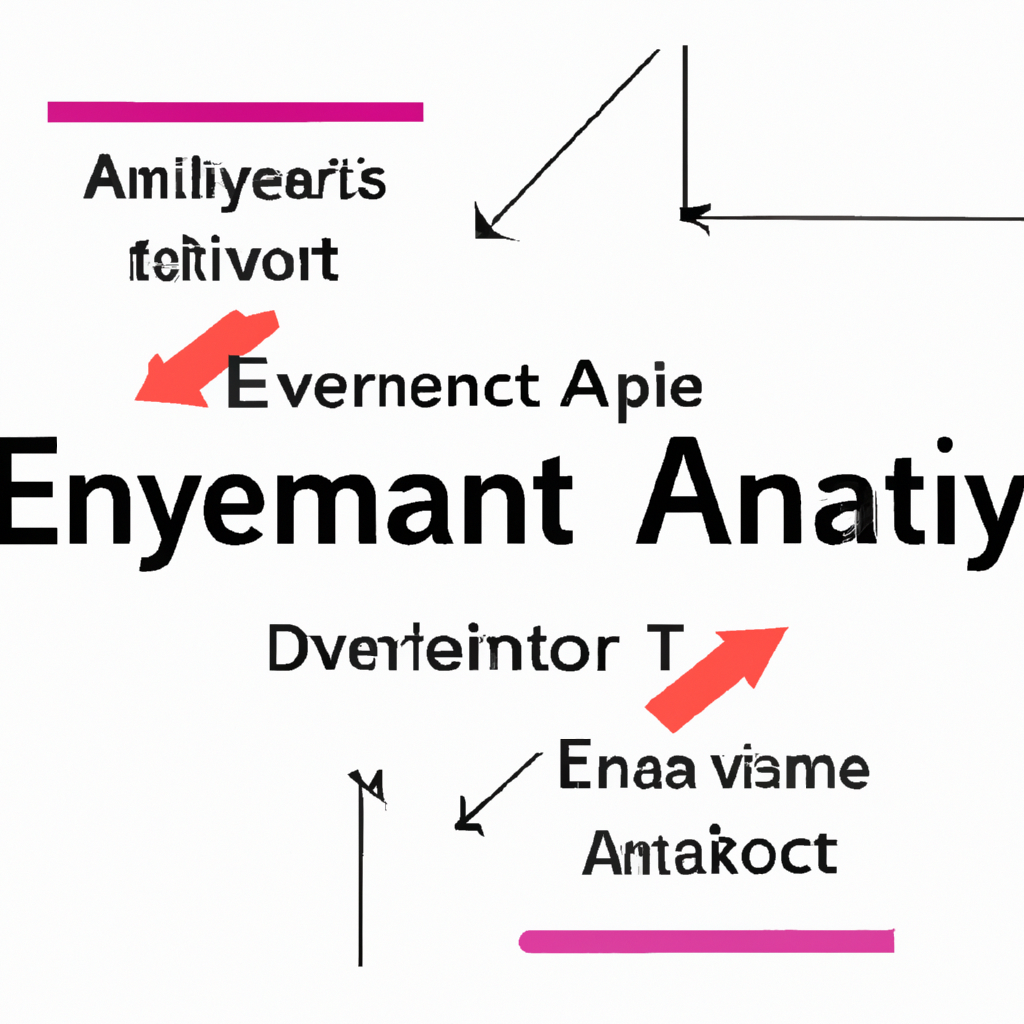
Event-Driven Analysis: Enhancing Data Insights with Targeted Approaches
Event-driven Analysis Approaches
Introduction
Event-driven analysis approaches are a crucial aspect of data analysis that focus on analyzing data based on specific events or occurrences. This approach allows for a more targeted and focused analysis of data, as it looks at data points that are directly related to specific events or triggers.
Types of Event-driven Analysis Approaches
There are several types of event-driven analysis approaches that are commonly used in data analysis. Some of the most common approaches include:
1. Time-series Analysis
Time-series analysis is a method of analyzing data that involves looking at data points over a specific period of time. This approach is often used to identify trends, patterns, and anomalies in data that occur over time.
2. Trigger-based Analysis
Trigger-based analysis involves analyzing data based on specific triggers or events. This approach is often used to identify correlations between events and their impact on data.
3. Real-time Analysis
Real-time analysis is a method of analyzing data as it is generated in real-time. This approach is often used in situations where immediate action is required based on data insights.
Benefits of Event-driven Analysis Approaches
There are several benefits to using event-driven analysis approaches in data analysis. Some of the key benefits include:
– Improved accuracy and precision in data analysis
– Faster identification of trends and patterns
– Ability to respond quickly to changes or events
– Enhanced decision-making based on real-time data insights
Conclusion
Event-driven analysis approaches are a valuable tool in data analysis that can help organizations gain deeper insights into their data and make more informed decisions. By focusing on specific events or triggers, these approaches allow for a more targeted and effective analysis of data. Incorporating event-driven analysis approaches into data analysis strategies can lead to improved accuracy, faster decision-making, and better overall outcomes.